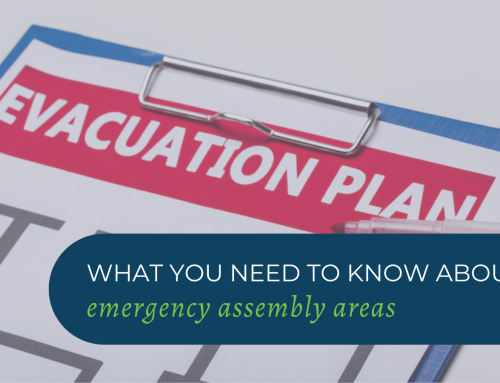Lithium-ion batteries power many of the tools and devices we rely on every day — from smartphones and laptops to power tools, e-bikes, and even large-scale energy storage systems. Their ability to store high amounts of energy in a compact size makes them incredibly useful — but it also brings safety risks that can’t be ignored.
Across NSW and the rest of Australia, Fire and Rescue NSW (FRNSW) has reported a steady rise in lithium-ion battery incidents, with over 270 fires linked to these batteries in 2023 alone — a 20% increase from the year before. Many of these occurred in homes, workplaces, and community settings, often with little or no warning.
Why Lithium-Ion Batteries Can Be Dangerous
Lithium-ion batteries are generally safe when used and maintained correctly. However, under certain conditions, they can fail — and when they do, the consequences can be severe.
A failing battery can enter “thermal runaway” — a chain reaction that rapidly generates intense heat, fire, and sometimes explosions. These fires also produce toxic smoke and can be very difficult to extinguish.
Common causes of lithium-ion battery failure include:
> Overcharging or using incompatible chargers
> Damage from drops, impacts, or punctures
> Exposure to high heat or direct sunlight
> Poor storage conditions (especially in damp or confined areas)
> Buying low-quality or counterfeit batteries
Warning Signs of a Failing Battery
Being able to recognise the early signs of battery failure can make all the difference.
Look out for:
> Swelling or bulging of the battery casing
> Unusual odours (a chemical or burnt smell)
> Excessive heat during charging or use
> Hissing, popping, or crackling sounds
> Smoke or sparks
If you notice any of these signs, stop using the device immediately, disconnect it from power if safe to do so, and move it away from flammable materials.
Safe Charging and Storage Tips
To reduce the risk of a lithium-ion battery incident:
> Use the charger supplied with the device or one recommended by the manufacturer.
> Avoid charging overnight or leaving devices unattended while charging.
> Charge on hard, flat surfaces — never on beds, couches, or near paper or fabric.
> Store batteries and devices in cool, dry locations out of direct sunlight.
> Don’t keep damaged or swollen batteries — dispose of them safely at an approved battery recycling point.
> Keep away from combustible items when charging.
Why This Matters for Businesses
In workplaces — from offices to warehouses — lithium-ion batteries are everywhere. Laptops, cordless tools, backup power packs, delivery e-bikes, and even cleaning equipment rely on them.
A single battery fire can:
> Endanger staff, clients, and/or customers
> Disrupt operations for hours or days
> Cause significant property damage
Including lithium-ion battery risks in your workplace emergency plans and staff safety training can dramatically reduce the chance of an incident — and help ensure a fast, safe response if one does occur.
Lithium-ion batteries make modern life possible — but their convenience comes with responsibilities. Whether at home, at work, or in public spaces, safe charging, handling, and storage are the keys to keeping people and property safe.
Workplace Emergency Management can help you review your emergency plans, train your team, and ensure you’re prepared for a lithium-ion battery incident.
Contact our friendly trainer consultants today to arrange your free consultation!
GET IN TOUCH
Are you ready for peace of mind that your workforce is as safe and prepared as possible?
With a dedicated team of staff ready to help you meet compliance requirements and improve the overall safety of your workplace, all you need to do is get in touch.
Request your free audit today!



